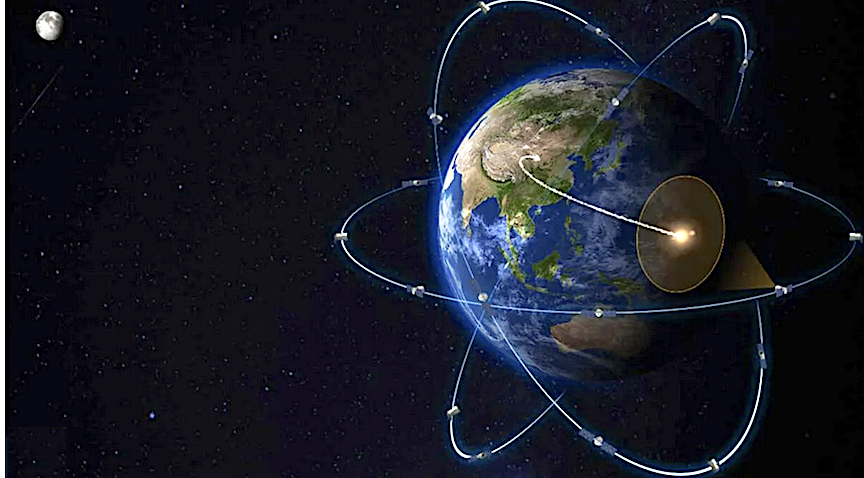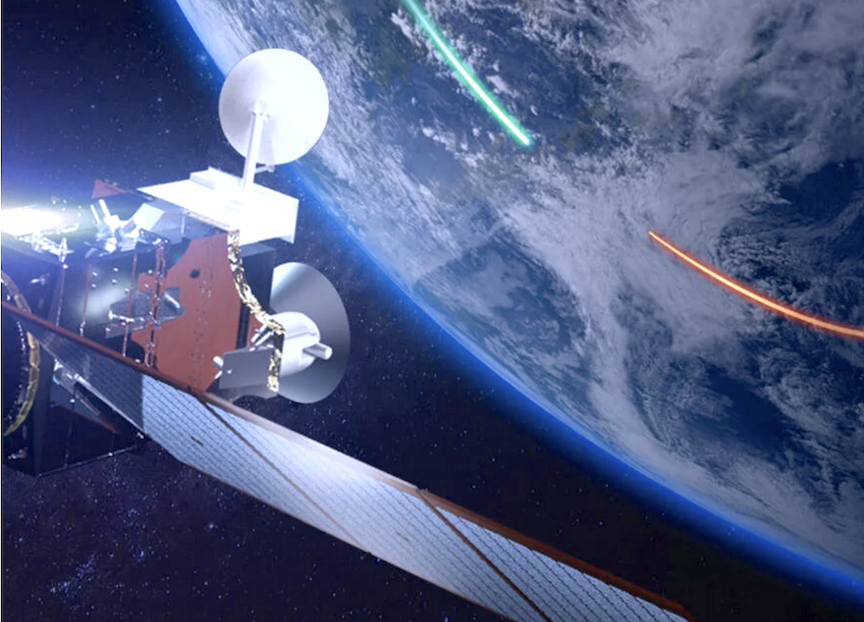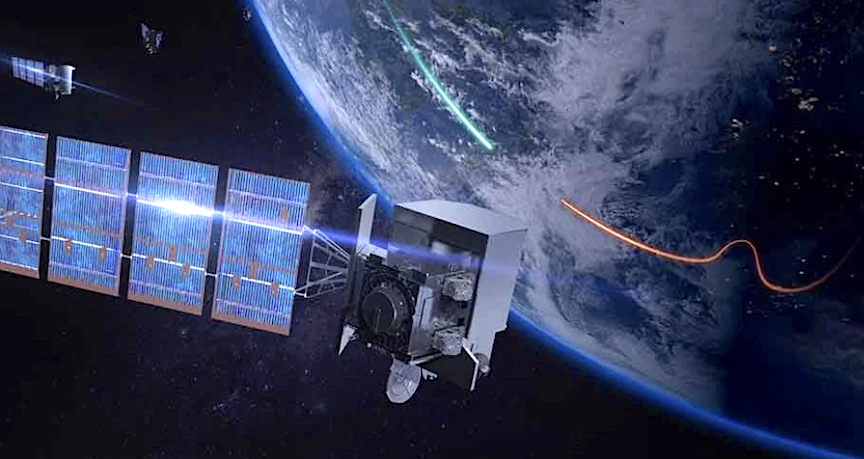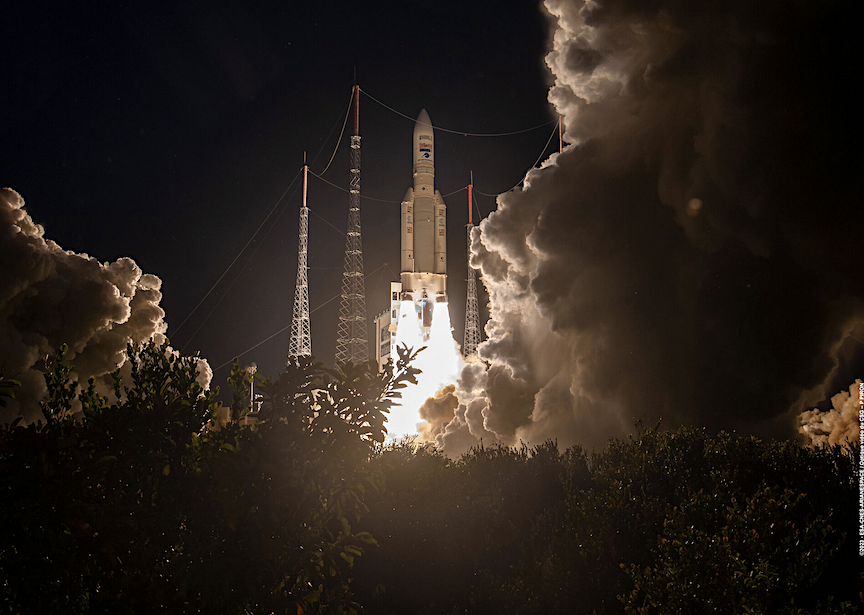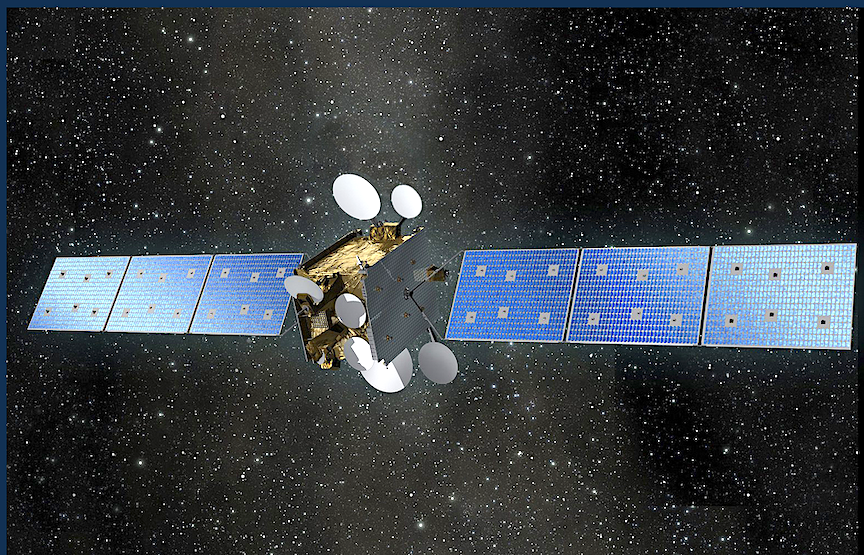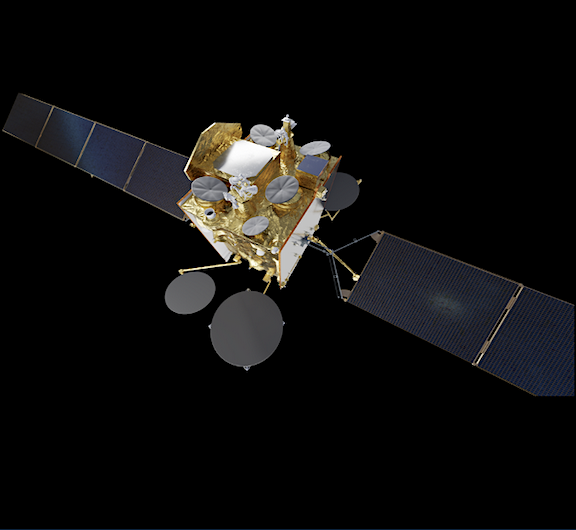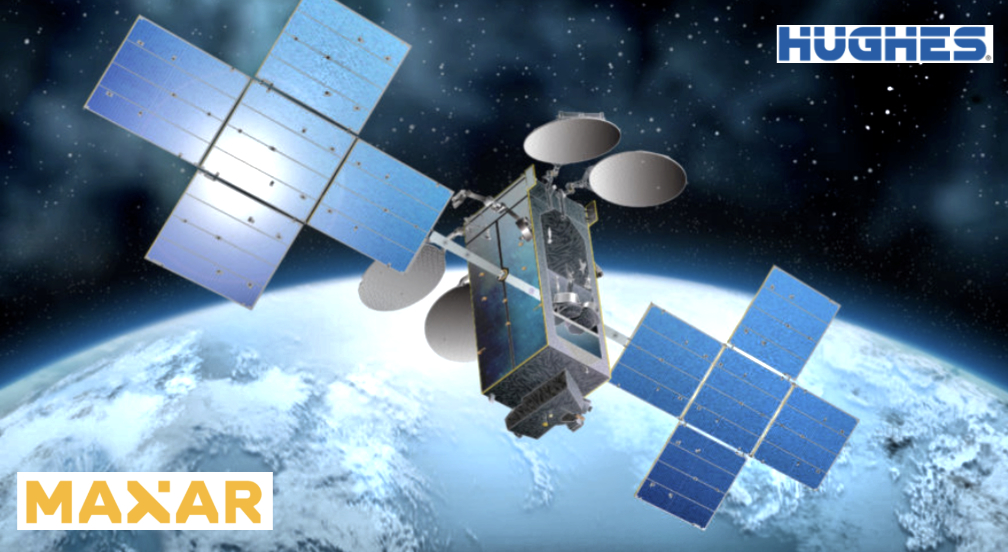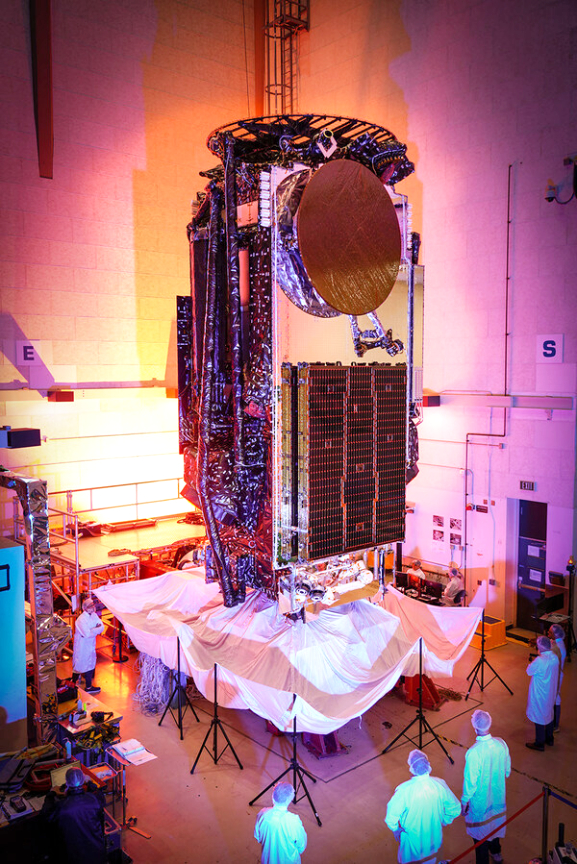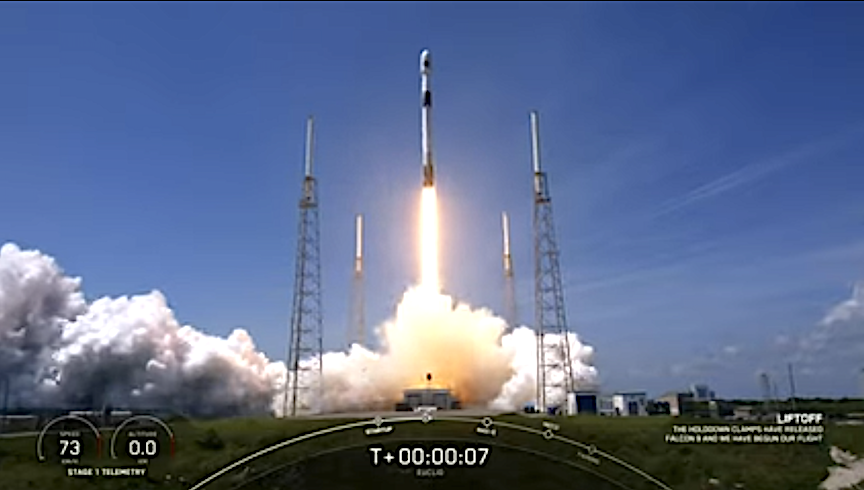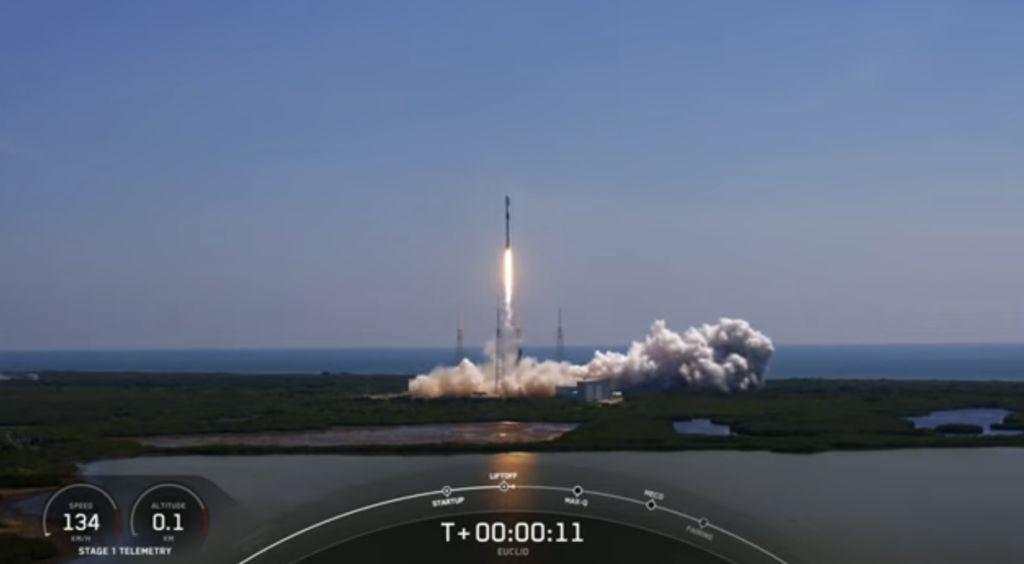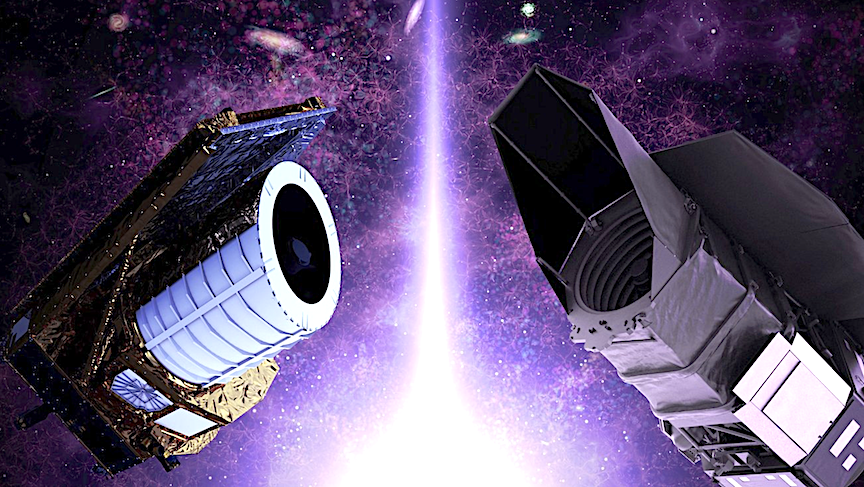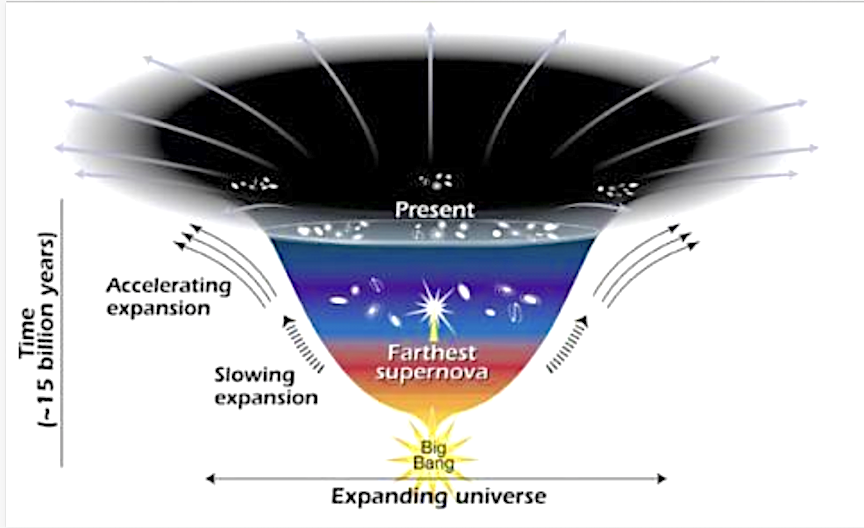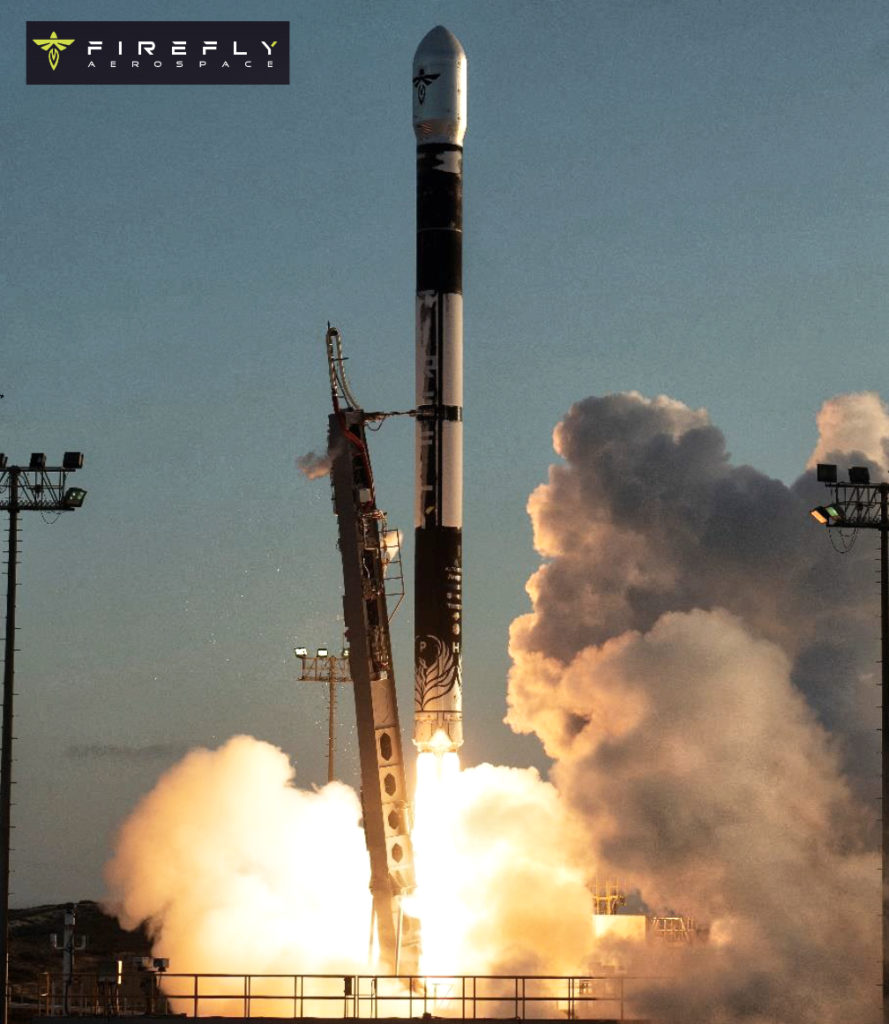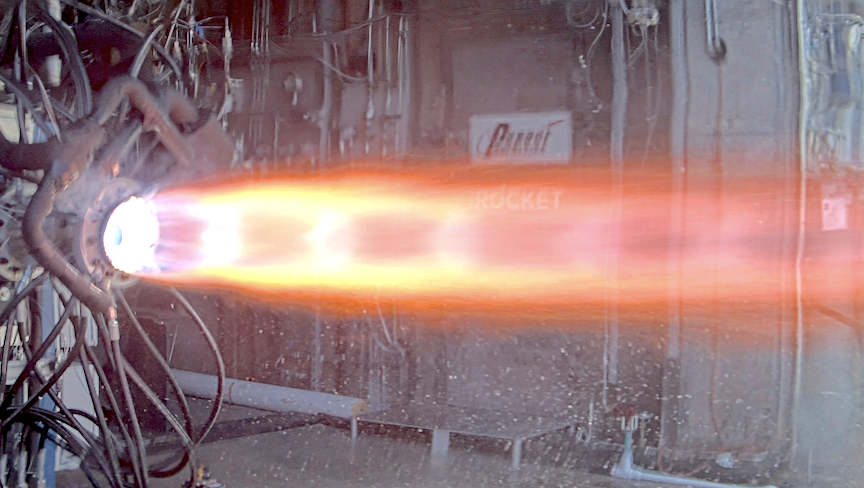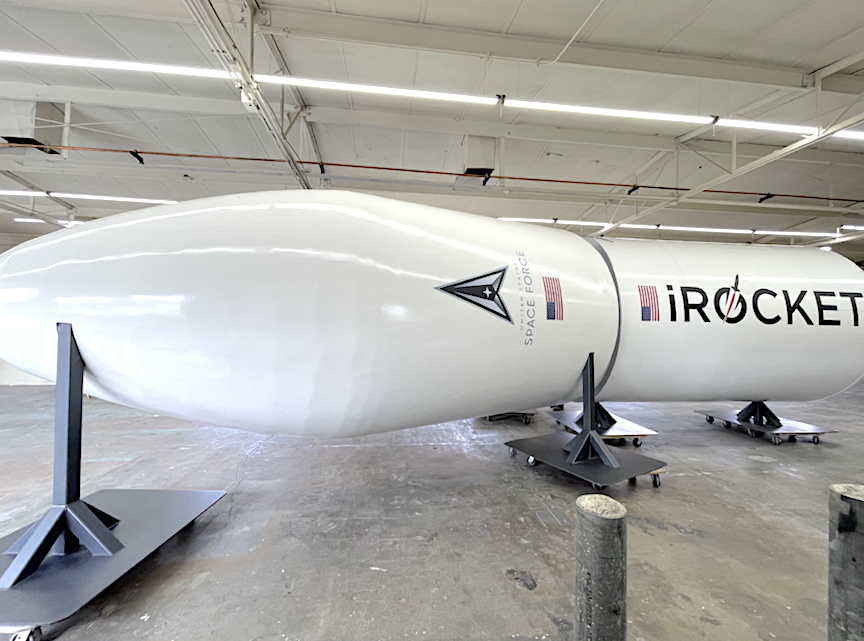The SDA issues call for proposal under STEC BAA for BMC3 adaptable processor, application spaces compatible with future PWSA Tranche space vehicles

The Space Development Agency (SDA) has issued a call for proposals under the SDA Systems, Technologies, and Emerging Capabilities (STEC) Broad Agency Announcement (BAA), FA240123S0001, that was posted on SAM.gov on January 17, 2023.
With this call, SDA solicits full, but concise, proposals to perform engineering studies, analyses, and technical trades of a Battle Management Command, Control, and Communications (BMC3) Adaptable Processor (BAP) with different configurations providing specialized space-based high-performance computing capabilities for the Proliferated Warfighter Space Architecture (PWSA) missions deployed through the architecture’s capability layers.

The PWSA will make use of a distributed BMC3 hardware and software framework with mission-specific processing, algorithms, and applications across its various capability layers.
The desired outcome of these studies is recommended requirements for a family of processing units for different applications that are compatible with future PWSA tranche space vehicles. The proposals will include recommendations for cost/performance trade-offs, common interface design and system architectures. SDA is looking for modular approaches that support open system configurations.
To learn more about the call for proposals and submission instructions, please visit sam.gov/opp/a4d0df52723a461c88df0d3b624b629e/view
Responses to this solicitation are due by 5:00 p.m. ET, Friday, July 28, 2023.

SDA issues RFI for PWSA Battle Management Command, Control, and Communications (BMC3) Adaptable Processor Module
The Space Development Agency has also issued a request for information to help inform an upcoming solicitation for Battle Management Command, Control, and Communication (BMC3) processing modules intended for the PWSA. The intent is to inform the Modular Open Systems Approach (MOSA) used for future PWSA tranches particularly the interface standards to provide best of breed solutions for space-borne data processing. The RFI will also help inform the acquisition strategy used to contract for these units going forward.
The BMC3 Adaptable Processor (BAP) modules comprise the foundation of SDA’s Battle Management Layer to provide advanced processing capabilities at the edge. This RFI seeks input on the interface description from industry players who may have spacecraft that will be accommodating BAP modules but may not be involved in designing the processors. SDA is explicitly seeking information to inform future solicitations and reduce risk toward battle management interoperability within the SDA architecture and development plans.
To learn more about the specific BMC3 challenges and details of the RFI, please visit sam.gov/opp/00e14e06cdef48dcb4064c8bf4e24299/view.
Responses to this solicitation are due by 5:00 p.m. ET, Monday, July 28, 2023.

SDA issues solicitation for Tranche 2 Transport Layer—Alpha Variant Space Vehicles
The SDA is seeking industry proposals for one of several types of Tranche 2 Transport Layer (T2TL) space vehicles — T2TL Alpha. This solicitation, posted on June 28, 2023, expands upon the foundation for Tranche 2 of the Proliferated Warfighter Space Architecture (PWSA) that was previously described in the T2TL Beta solicitation.
SDA expects to procure approximately 100 T2TL—Alpha space vehicles divided into two sub-constellations — T2TL-Alpha-Low, comprised of four (4), lowly inclined orbital planes of 19 SVs, and T2TL-Alpha-High, comprised of six (6) highly inclined orbital planes of four (4) SVs. The Alpha variant will share certain common characteristics with the other T2TL variants (Beta and Gamma). Baseline payloads and subsystems on all T2TL satellites include:
- Three optical communication terminals (OCTs)
- Ka-band mission payload
- Networking and data routing subsystem
- Navigation subsystem
- S-band backup telemetry, tracking, and control (TT&C) subsystem
T2TL-Alpha space vehicles specifically will include the following additional payloads/capabilities:
- Fourth OCT
- Link 16 mission payload
- Battle Management, Command, Control, and Communications (BMC3) module
- Global Navigation Satellite Systems (GNSS) Situational Awareness (SA) capability within navigation subsystem
T2TL features multiple space vehicle and mission configuration variants procured through a multi-solicitation and multi-vendor acquisition approach. The initial launch capability is scheduled for September of 2026.
Please view the full solicitation at sam.gov/opp/5e2dd1b3819a4441916332ef71503c99/view for additional information and proposal submission instructions.
Responses are due by July 28, 2023.

